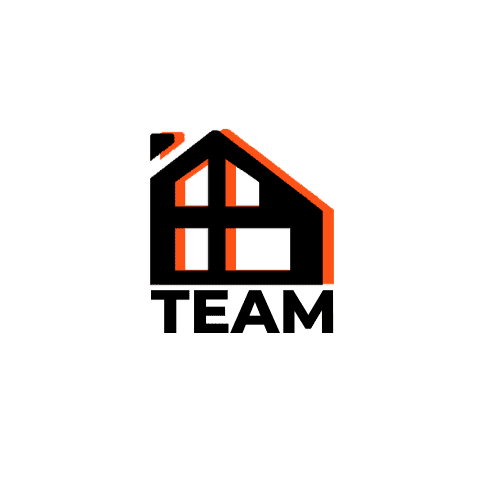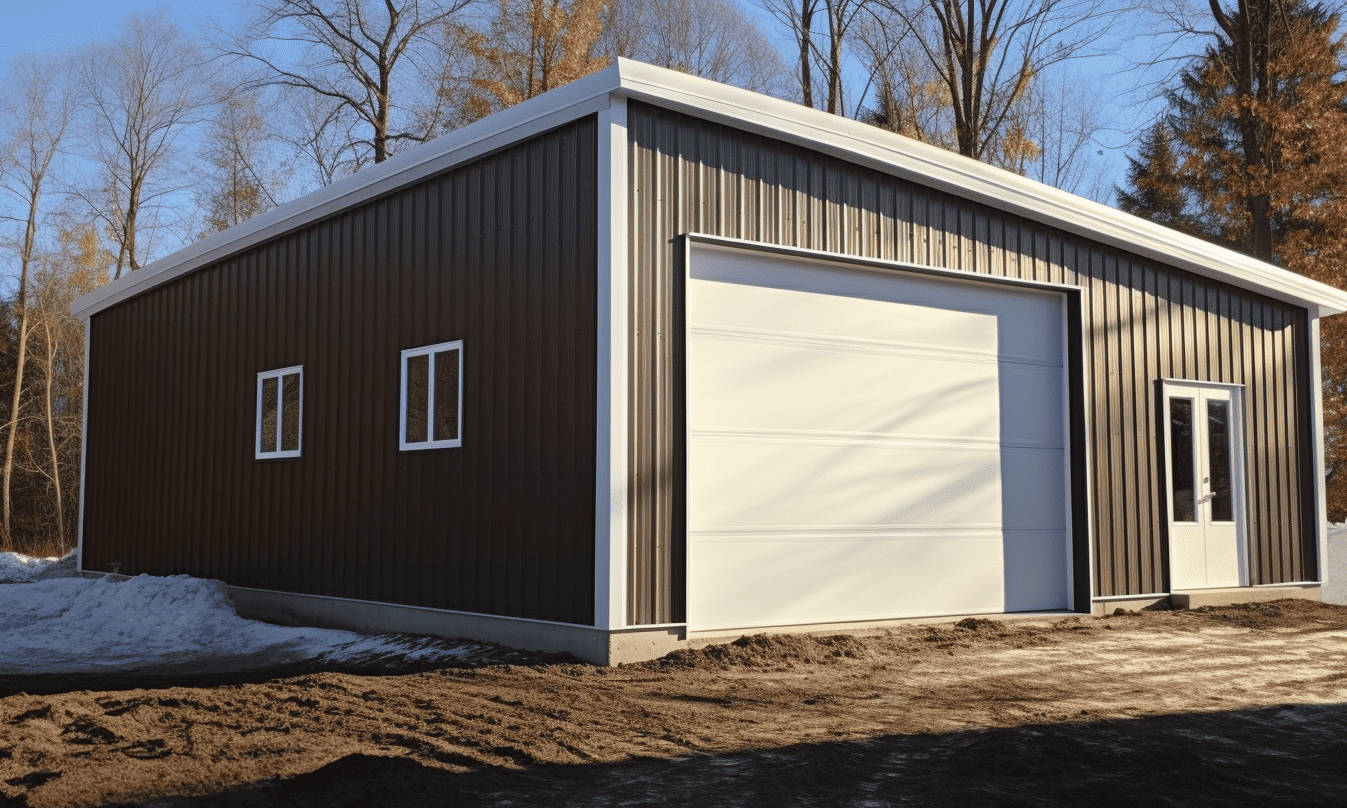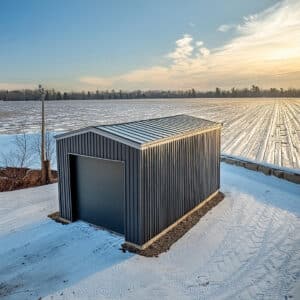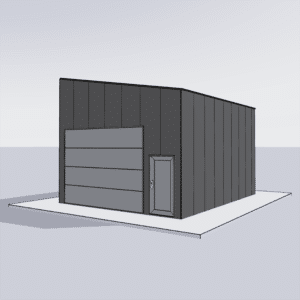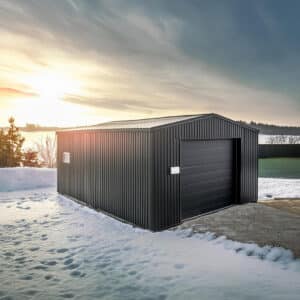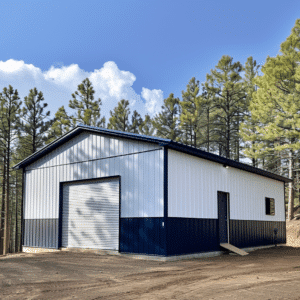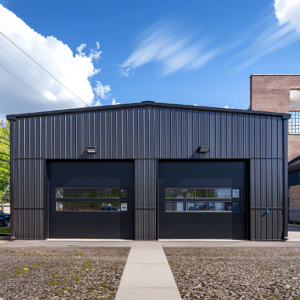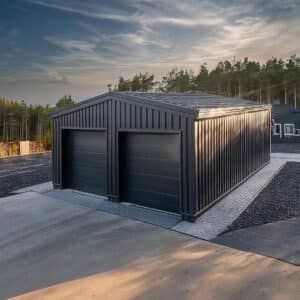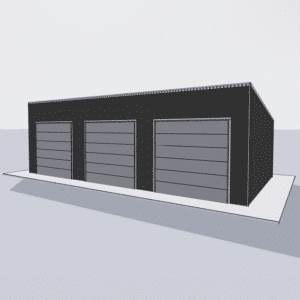Preventing Structural Failures: Common Mistakes That Compromise Steel Buildings
In the world of construction, steel buildings stand out for their durability, adaptability, and cost-effectiveness. Yet, even the strongest edifices can suffer significant setbacks if not built or maintained properly. Structural failures can be catastrophic, posing a risk to life and property. Thus, understanding and preventing structural failures in steel buildings is not just about engineering prowess; it’s about safeguarding investments and ensuring safety.
Understanding Structural Integrity in Steel Buildings
When we talk about the integrity of steel buildings, we refer to their ability to withstand applied forces without collapsing. The stronghold of a building lies in how well it adheres to codes, guidelines, and best practices established by seasoned professionals and regulatory bodies. Therefore, maintaining Building code compliance for steel buildings is quintessential.
Common Mistakes That Compromise Steel Structures
Even with modern technology and advanced engineering designs, there are typical pitfalls that can lead to the compromise of steel buildings:
1. **Ignoring Load Calculations**: One of the primary causes of structural failure is inadequately conducted load calculations. Each steel building is unique and can be subject to diverse stress from various forces. Be mindful that design load miscalculations can have dire consequences.
2. **Overlooking Building Codes**: Adherence to codes like the Code of Standard Practice for Steel Buildings and Bridges is imperative. Ignorance of such guidelines can lead to faulty designs and construction flaws.
3. **Infrequent Inspections and Maintenance**: Once constructed, steel buildings still demand regular check-ups. Inspections ensure that any potential structural weaknesses can be addressed before calamity strikes.
4. **Compromised Material Quality**: The integrity of a steel building relies heavily on the quality of materials used. Employing subpar steel or construction components can lead to early deterioration and structural failure.
5. **Improper Erection Practices**: Poor construction practices during erection, often due to a lack of skill or knowledge, can introduce defects that compromise the durability of steel buildings.
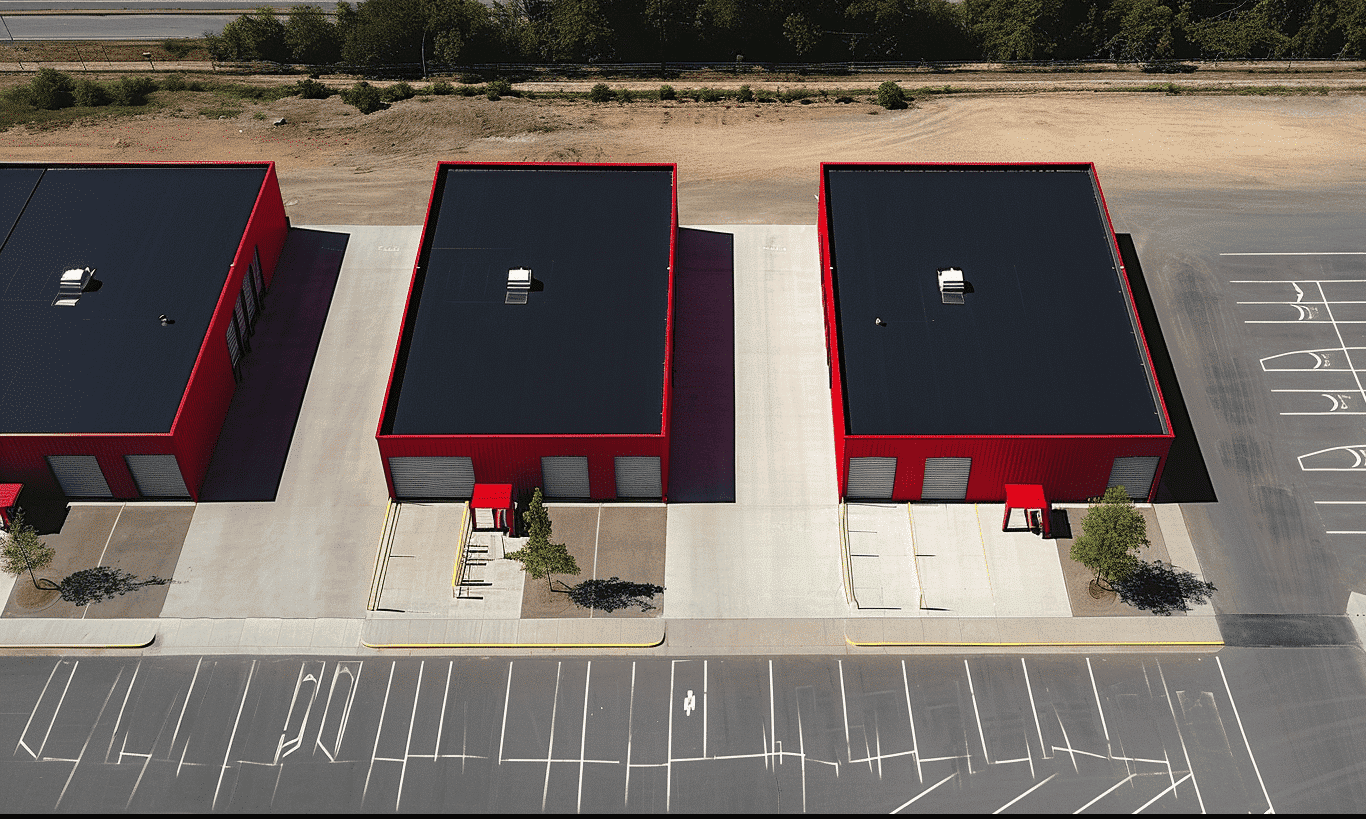
Preventive Measures for Structural Stability
To mitigate the risk of structural failures, embracing preventive strategies is vital, requiring a detailed understanding of every facet of a building’s lifecycle.
**Thorough Planning and Design**: It is crucial to examine every element of the proposed structure meticulously during the design phase. This involves comprehensive load assessments and simulations under potential scenarios.
**Regular Training and Compliance Checks**: Continuous education on Working at Heights Fall Protection in Steel Building Construction, along with adherence to updated codes, is necessary for maintaining safety standards throughout the construction process.
**Reliable Materials and Suppliers**: Source materials from reputable suppliers to ensure that only high-quality steel and components are used in construction. This not only enhances durability but also extends the lifespan of the buildings.
**Scheduled Maintenance and Monitoring**: Establish a routine for regular inspections, addressing minor wear and tear before they escalate into critical issues. Tracking the condition of a building helps in making proactive repairs.
Real-World Examples and Lessons Learned
We’ve all read horror stories of steel structures collapsing unexpectedly. Each incident serves as a cautionary tale and learning opportunity. By examining real-world failures, we can glean invaluable insights into how omissions in planning or execution can have dire consequences.
For more real-world information, check our comprehensive Steel Building FAQs section that provides guidance and solutions for common inquiries and issues encountered throughout the lifecycle of steel buildings.
Conclusion: The Path Forward in Steel Building Safety
In conclusion, preventing structural failures requires scrupulous attention to detail from conception to maintenance. The process demands a holistic approach integrating robust design principles, compliance to standards, vigilance in construction practices, and unwavering commitment to regular upkeep. By doing so, we fortify our steel buildings against potential threats, ensuring the longevity and safety of these architectural triumphs. For more detailed strategies and information, visit our Durability & Safety Guide which offers insights into preserving these monumental structures against time and weather.
As we continue to build, let us remember that every bolt tightened, every inspection made, and every standard adhered to, contributes significantly to what stands firm—a testament to human ingenuity and respect for safety.
